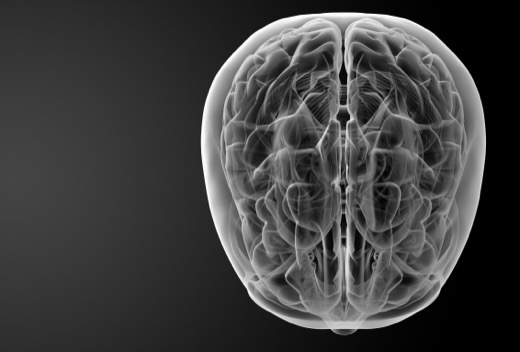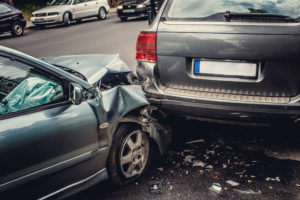The most important and delicate part of the human body is the brain. When the brain suffers even minor bruising, bleeding, and/or stretching or tearing of the nerve tissue, the victim’s life may be on the line. According to the Centers for Disease and Control and Prevention (CDC), 2.5 million people have a Traumatic Brain Injury (TBI) each year in the U.S. TBIs are the leading injury-caused death in the nation, and car collisions are one of the leading causes of traumatic brain injuries. Listed below are the most common ways in which an auto occupant may suffer a TBI:
- Severe acceleration or deceleration of the head with no foreign object contact (an internally loaded injury);
- Contact with windshield;
- Contact with side window;
- Contact with steering wheel;
- Contact with dashboard;
- Outside foreign object enters vehicle (other party’s vehicle or road infrastructure);
- Contact with a caved-in roof during a rollover or contact with other caved-in parts of the car; and
- Occupant is thrown from vehicle and contact with pavement or other objects outside of the vehicle.
Types of Brain Injuries
According to the Brain Injury Association of America, there are four types of traumatic brain injury:
- Impact Loading
Impact loading is a brain injury that was caused by a strike or blow to the head from a foreign object. This could be from glass, metal, plastic, or any hard object that forcefully comes into contact with the victim’s head. The brain is protected by the skull and a thin layer of fluid between the skull and brain. This protective layer is called cerebrospinal fluid. While cerebrospinal fluid does work to provide nutrients and chemicals to the brain and to carry away waste products, its primary function is to create a shock-absorbing cushion for the brain and central nervous system. However, when the impact is great enough, even the skull and cerebrospinal fluid cannot provide enough protection.
- Internally Loaded
An Internally Loaded Injury does not require any physical contact with another foreign object. The sheer force of the brain being pressed up (from an rapid acceleration or deceleration) against the inside of the skull is enough to cause brain trauma. Often, an internally loaded injury is combined with an impact loading injury during the same event, which is called a Coup-Contrecoup Injury.
- Coup-contrecoup
Coup-contrecoup injuries are very prevalent in car accidents. An example of how one happens is when a driver hits their head on the steering wheel (impact loading) and the force of that is so strong that it sends the brain backwards into the rear of the skull (internal loading). In this scenario, the brain is injured in two locations, which is why coup-contrecoup injuries are especially dangerous and difficult to recover from.
- Penetration Injury
The fourth type of TBI is a Penetration Injury. It is exactly what it sounds like: a foreign object passing through the skull into the brain. Penetration injuries are very often fatal.
Contact a Car Accident Attorney Now
If you or a loved one were involved in a car accident and suffered a traumatic brain injury, it is vital that you contact an experienced Columbus, Ohio, car accident attorney at once to discuss your legal options. Get in touch with one of our car accident lawyers at the law offices of Ohio Car Accident Lawyers today for sound and timely legal advice.





